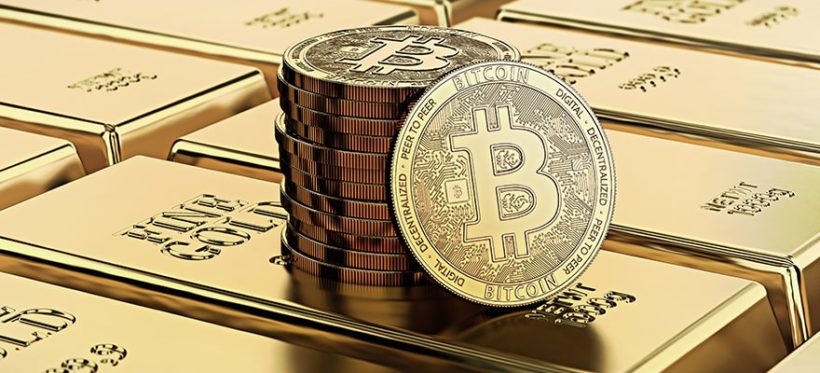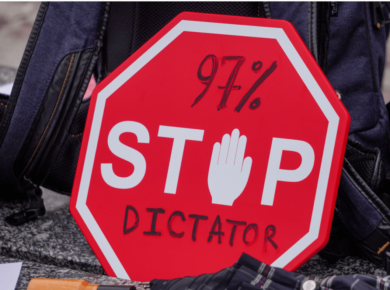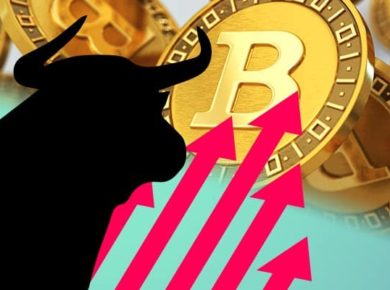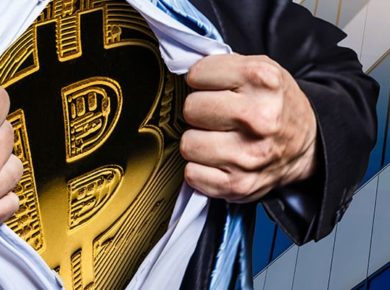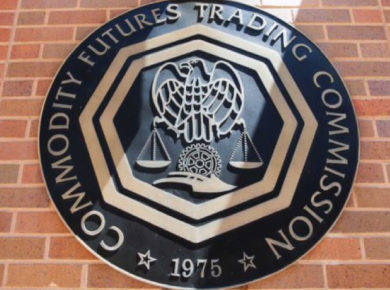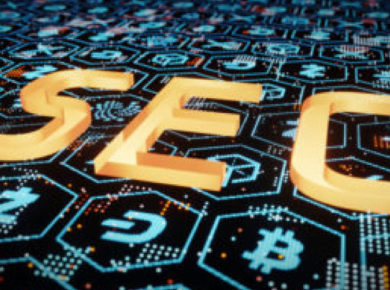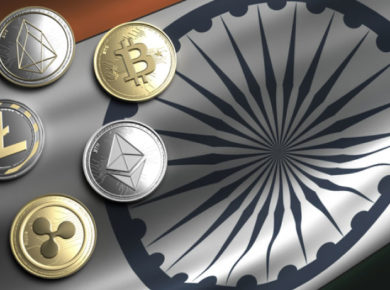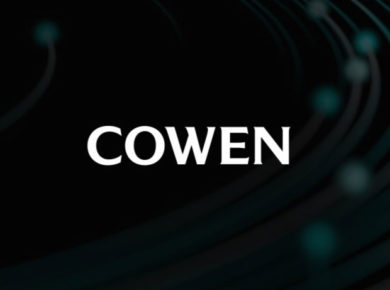As the correction hit the DeFi (decentralized finance) sector, market players, spoiled by quick DeFi profits, are now looking for new targets to pump and are setting their eyes once again on a particular existing type of tokens to use as fresh blood – non-fungible tokens (NFTs).
Ari Paul, Chief Investments Officers (CIO) of BlockTower Capital, tweeted that, following a several-year-long interest in non-fungible tokens, the investment management firm expects to “triple down over the next 6 months and allocate [USD] 10m+ to the theme.”
As a reminder, NFTs are unique one-of-a-kind tokens, which are deployed on a blockchain network, and which sometimes represent a real-world item, but not necessarily so. Actually, most represent assets that only exist in their crypto-ecosystem.
Paul further said that this is a very broad term, encompassing numerous categories, and that “almost every type of NFT built to date is likely to get traction eventually.” And as to why it already isn’t a billion-dollar ecosystem, Paul finds that the “missing pieces” are different by the NFT type – for example, there’s no incentive for large game studios to “decentralize.”
I’d think NFTs are one of the few non-bitcoin use cases that bitcoin OGs could get behind. It’s something that actually needs a distributed ledger and decentralized consensus method and can’t just use btc as a token.
— Ari Paul ⛓️ (@AriDavidPaul) September 21, 2020
And though much of the recent focus was indeed placed on DeFi, NFTs have been soaring in their own right. Data from nonfungible.com shows that NFT lifetime trade volume has surpassed the USD 100m mark, now standing at USD 109m, with 4.8m sales made by the time of writing.
Also, in the first half of September, the average daily NFT trading volume was around USD 133,700, or 200% more than in the same time a year ago. The average price jumped by 358% to USD 110, while the average number of sales almost halved, dropping to 1,180.
Daily NFT trading volume chart
__
Average price chart
__
Daily number of sales
_____
Top 10 NFTs by trading volume in the past 7 days
Meanwhile, Morgan Creek Digital co-founders Anthony Pompliano and Jason Williams made “a big bet on digital art.” Pompliano argued that the transition to digital art will certainly happen, and that its market capitalization will surpass that of the physical art, which currently “may sound ridiculous,” he said, “since the digital art market cap is less than [USD] 10 million and the traditional art market is more than [USD] 60 billion, but this is exactly what disruption looks like.”
Pompliano added that “similar to how Bitcoin is superior to gold in almost every way, digital art is superior to traditional art in almost every way also. […] Physical art is hard to move around the world, it can be easily damaged, and there is difficulty in proving what is authentic and what is not. Digital art is the next evolution of art.”
And a sudden shift from the DeFi to an NFT narrative once again prompted debates over what each of these is.
“NFT’s are DeFi,” tweeted SetProtocol product marketing manager Anthony Sassano in response to the newly opened discussions on these tokens’ relation to the decentralized section of the crypto space.
Explaining his opinion further, Sassano argued that NFTs are not only collectibles, but are standard on Ethereum (ETH) (ERC-721 and ERC1155) “for tokenizing any unique/non-fungible thing (such as insurance positions).” Receiving some push-back, with others questioning if all NFTs – gaming and art included – are DeFi then, Sassano said that “maybe trading of NFTs doesn’t make them “DeFi” but you could have in-game items that are DeFi (tokenized insurance products).”
Others, however, argued that putting an equal sign between NFTs and DeFi reduces the former to a use case of the latter, and makes people observe NFTs as a passing trend, while collectibles have existed for a long time, digital and otherwise, much of which is not considered ‘finance,’ for example art, music, and sports cards.
But this last point may also be speaking more about what perception people have of DeFi itself, rather than NFTs, particularly with the recent explosion of yield farming, chasing the highest possible returns, which started some three months ago with Compound‘s COMP yield farming incentives, followed by a number of other protocols with varying levels of success.
A problem also might be that people may mean different things when using the oft-imprecise crypto terms.
Another argument soon arose per which, while NFTs are not DeFi, they are an essential step that “will allow the financial infrastructure to be [built] on top of real consumption assets.”
But then, many wondered, what are NFTs used for, and shouldn’t there be liquidity owners could exit to when they wish to do so. And while some claim that liquidity exists, at least in certain cases, others argue that it will take a number of years for NFTs to have a sustainable liquid market, which is a process that requires a number of technical developments, as well as going at least somewhat mainstream, teaching, for example, enough non-crypto art lovers what digital art is and convincing them that it’s valuable to them.
And while moving to NFT debates was fast, the Cryptoverse never stands still.
Other opinions:Another NFT tweet (I know, I know), but it’s fascinating how wealth creation leads to other things.
A bunch of DeFi whales who got rich over the past few months are now buying literal trash b/c they don’t give a fuck and just feel like throwing their money around.
— Ceteris Paribus (@ceterispar1bus) September 21, 2020
__
